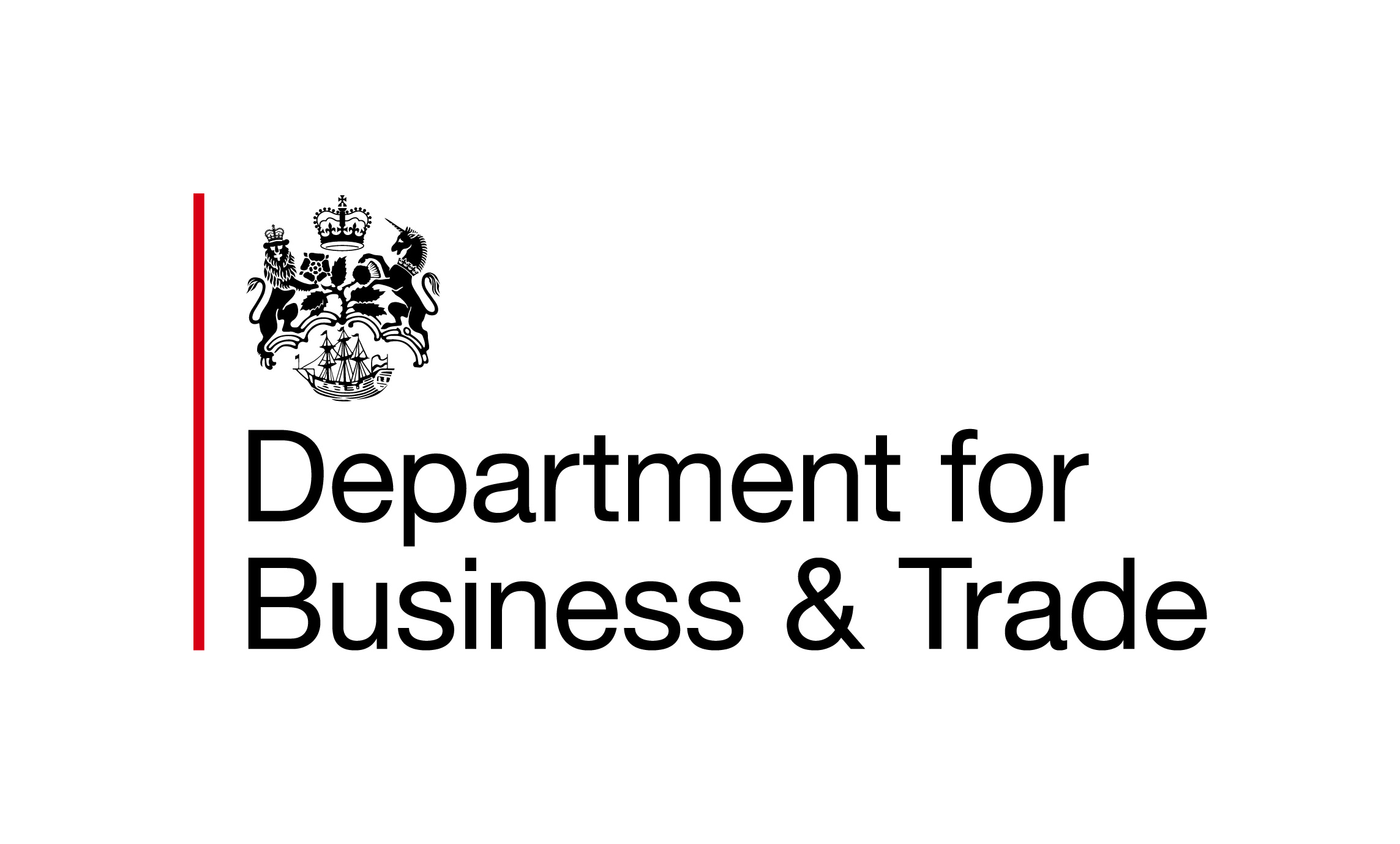Innovating … into trouble!
Innovation is good isn’t it? We all love exciting new products or services which are useful and add value to our lives. For firms too innovation can be good for attracting new customers and increasing profits. But what happens when innovation goes wrong?
We have all experienced this. Think about the last time you tried some new software or a new app which turned out to be unstable, kept crashing or just didn’t deliver what it promised. A lack of thorough testing before innovations are introduced to customers can cause frustration and have serious commercial and reputational implications. Customers may ‘exit’ and look for other alternative products or services or ‘voice’ their discontent to other potential customers, with clear negative consequences for a business.
Undertaking innovation can also have an indirect effect on consumers if innovating firms get distracted from serving customers. Researchers have identified a need for ‘ambidexterity’ – or the ability of firms to both innovate and maintain high standards of quality service at the same time. Often this is not an easy thing to do, particularly for small firms. Here again product or service failure can lead either to ‘exit’ or ‘voice’ by consumers.
In England some sectors such as the legal services, for example, have formal processes for dealing with such customer complaints. Consumers who are unhappy with the service they receive from legal service providers – solicitors, barristers – can take their complaints to the Legal Services Ombudsman. The Ombudsman will then investigate the complaint and if it is justified can impose a fine or other penalty on the solicitor or barrister.
When a complaint is made by a consumer details are also published so we can see which firms receive complaints against them. This publication is important for transparency. It also creates commercial and reputational risk for legal services firms. Would you want to use a solicitor whose other customers are complaining about bad service?
The availability of this complaints data also provides research opportunities. When legal services firms innovate in their services does this lead to more complaints? The short answer is ‘yes’. In some new ERC research we investigated this using detailed data on innovation by around 1400 legal services firms over the 2012-14 period linked to the published data on complaints to the Legal Services Ombudsman in 2015, 2016, 2017 and 2018. We found that innovators in the 2012-14 period were around 11-14 per cent more likely to receive a complaint in 2016 than other non-innovating legal services firms.
This is not the whole story. It turns out that it really matters how firms undertake their innovation. When legal services firms involve their customers in developing new services there is a reduced risk of attracting complaints. What is going on here? Well, it could be that working with customers helps firms to better tailor their new services to consumer needs. Or, that working with customers helps innovators identify any ‘bugs’ in their new services. Either way the message is the same – working with customers can help firms get innovation right first time.
Our findings also have implications for regulators. Over the last few years there has been a focus on promoting innovation in legal services. Lighter regulation, including moves to allow firms and individuals from other sectors to start providing legal services (e.g. through Alternative Business Structures) should encourage more competition and more innovation. This should have significant benefits for legal service users. Our new research also suggests though that this will also lead to more complaints. This suggests the need to increase the capacity of dispute resolution services such as the Legal Ombudsman service which is already under considerable pressure.
Stephen Roper
You can watch Stephen Roper summarise the key findings of the research in our new video.
Please note that the views expressed in this blog belong to the individual blogger and do not represent the official view of
the Enterprise Research Centre, its Funders or Advisory Group.













